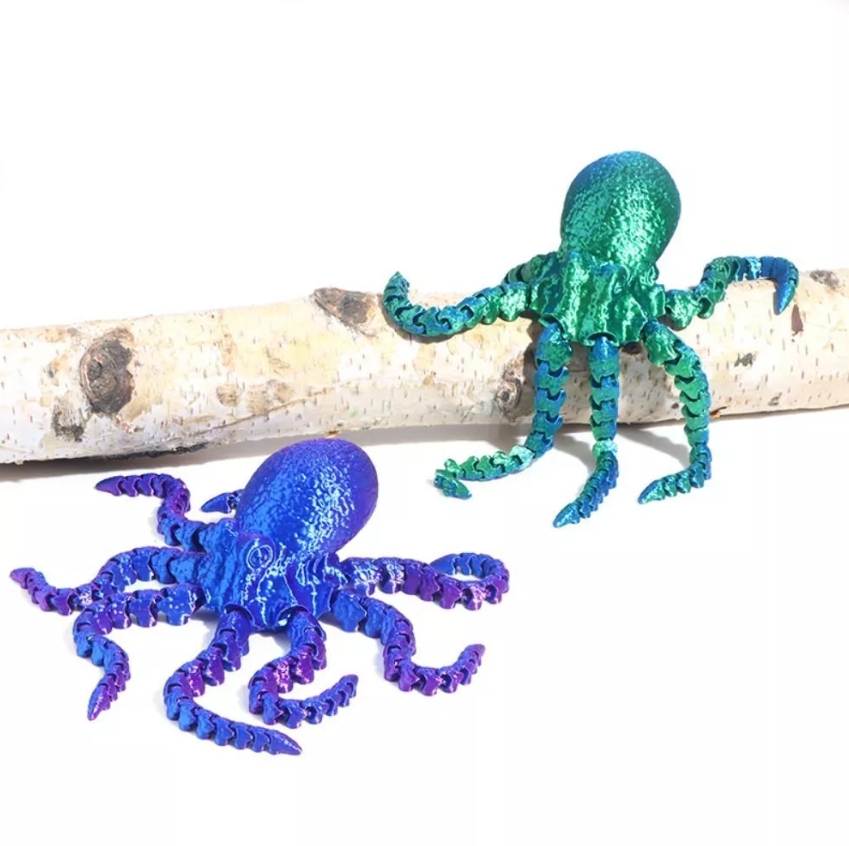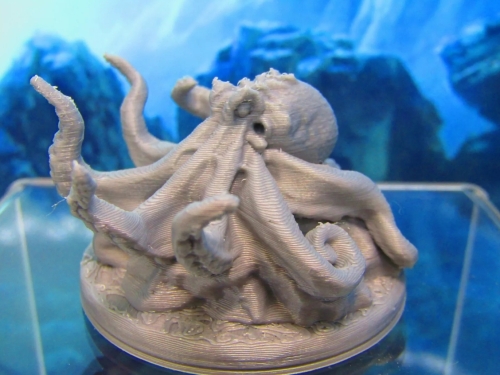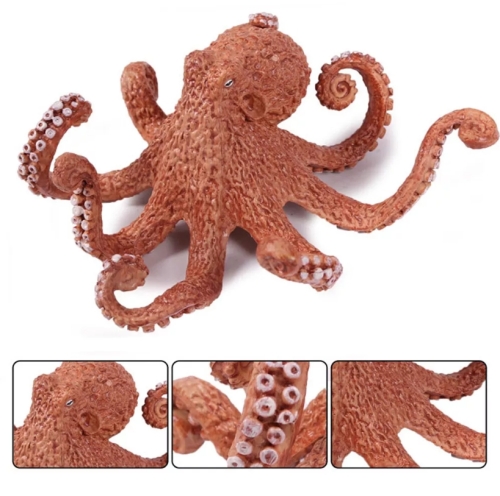The octopus model is a multi-layered mental framework that simulates the way octopuses hunt flexibly in the ocean, with a high degree of adaptability and intelligence. This model is often used in various fields, including business strategy, technological innovation, and social science. The core concept is to respond to complex environments and dynamic challenges through multi-antenna design.
In the octopus model, the "tentacles" symbolize multiple projects or strategies that are developing in parallel. Each antenna can function independently, but at the same time in close contact with the others. This structure enables organizations to respond quickly in changing environments, avoiding total failure due to a single path of decision mistakes. For example, when a new competitor appears in a market, the octopus model can adjust the strategy of one antenna without affecting the normal operation of other businesses.
In addition, the octopus model emphasizes the acquisition and processing of information. In the ocean, octopuses use a variety of senses, such as vision and touch, to obtain environmental information and make decisions and actions. In practical terms, this means that organizations need to have robust data analytics and feedback mechanisms in place to monitor market changes in real time and quickly adjust strategies. Through trial and error and iteration, the tentacles can be optimized to improve overall performance.
Another important feature of this model is flexibility. Octopuses can quickly change their form and position to adapt to changing environments. In the business environment, companies also need to be flexible and change direction in time to seize new opportunities or respond to unexpected challenges. This adaptability makes organizations more resilient in the face of uncertainty and able to stand out in a highly competitive market.
















